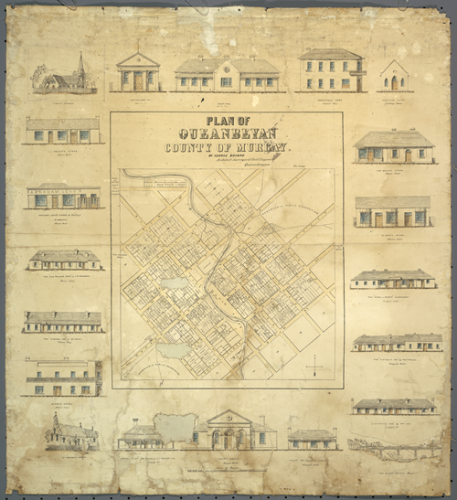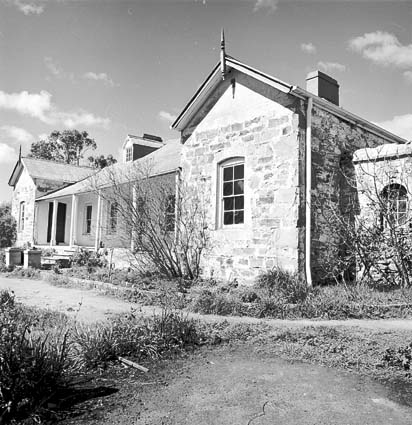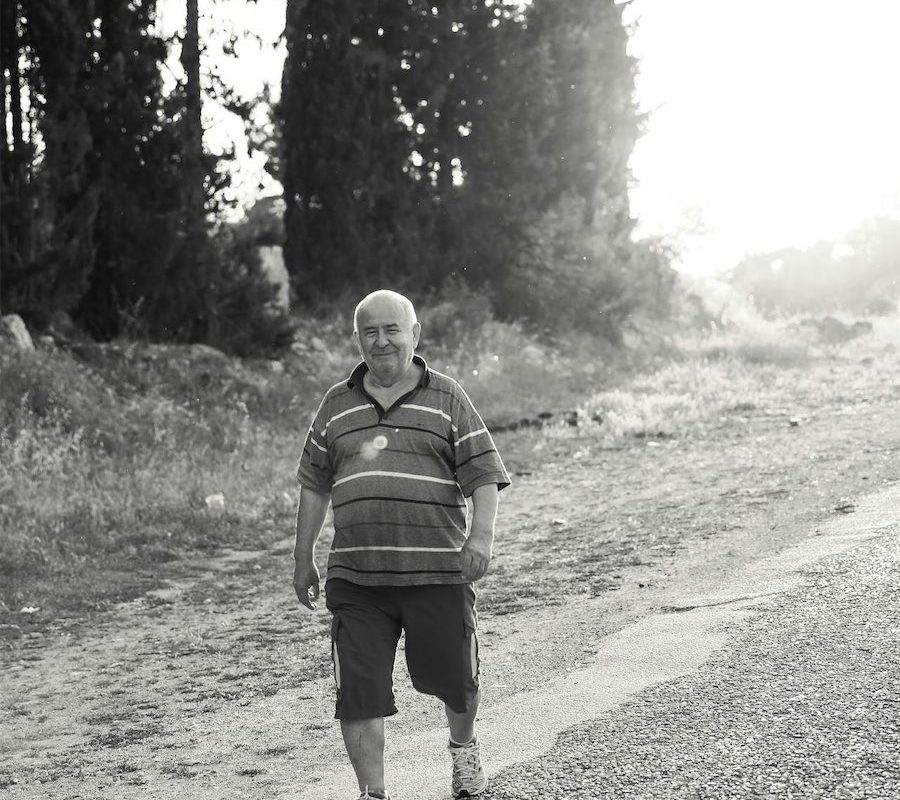
JUST three years ago, our magnificent national capital celebrated the impressive milestone of 100 years of existence.
Of course it’s not a competition, but three quarters of a century before Canberra was a twinkle in a politician’s eye, on the same floodplain that would eventually become the heart of our Commonwealth and just upstream from the point at which two mighty rivers meet, a township was proclaimed with a population of only a handful more than the quorum required for a House of Representatives’ sitting (30, if you were unsure).
It was September 28, 1838, and this week Queanbeyan marks 178 years of (to steal from Theodore Roosevelt) “the labor and the anguish, through which, in the days that have gone, our forefathers moved on to triumph”.
Considered the very edge of civilisation, to suggest times must have been tough is to risk being called Captain Obvious. Indeed, in the census of 1828 it was recorded that in the wider Police District (covering an area from Bungendore to Michelago) there were 70 European men and only two women; perhaps unsurprisingly then that by the time the railway arrived in 1887, truly opening up the isolated area, the town had only grown to around 1000 brave souls.
Nonetheless, entrench themselves those early arrivals did and, by the turn of the century, just about when they were finally making their minds up on the location of the capital, Queanbeyan had assumed a position as one of the wealthiest districts in the entire colony.
In fact, so economically important was it to the State Government, while Premier George Reid was willing enough to give up Queanbeyan’s huge hinterland, having promised “the Federal Parliament the whole range of NSW to choose the best bit of it”, they were not prepared to give up the township itself as part of the new Federal Territory package.
Accordingly, Mr Burley Griffin was made to revise his plans, though poor old Oaks Estate, which continues to lay claim to Queanbeyan’s oldest surviving building – The Oaks Homestead, built in the year of the town’s proclamation – literally became, to be polite, the back end of the new Territory and the remnant of what used to belong to another jurisdiction.
While many prominent Queanbeyanites were responsible for the one-eyed lobbying that would see Canberra situated next door, including the man credited with saving Australia from economic ruin at the beginning of the 20th century, wheat experimentalist William Farrer, and the “Father of Canberra”, newspaperman and politician John Gale, what no doubt started as a “cunning plan” that would bestow untold benefits for their hometown was initially less than promising.
Hardly a stranger to a struggle though (hence where “that” name really originated), Queanbeyan again took command of its fate and when finally the powers-that-be admitted the stuttering progress of the capital needed attention, it was the well-placed neighbour that picked up the slack.

Add to the heady mix the mind-boggling idea of Prohibition in the Territory, along with the fact that, according to Warren Denning in his 1954 book, spending leisure time in Queanbeyan was “as regular a routine to hundreds of Canberra people, as is a football match in Melbourne, or the races in Sydney”, plus the inception of the Snowy Mountains Hydro Scheme, and Queanbeyan boomed.
Finally, late in the 1950s, the power balance changed and Canberra properly assumed its rightful place as Head of the Nation – and Queanbeyan continued on its own path, though now forever tied to the destiny of the capital, for better and for worse.
And so, 178 years on, Cinderella City is again adapting and transforming itself and, while having started life on somewhat tenuous foundations, it continues to remain steadfast and true to its original identity: independent, resilient and filled with character.
So happy birthday Queanbeyan – and you’re welcome, Canberra.
Nichole Overall is a Queanbeyan-based journalist and historian.
Who can be trusted?
In a world of spin and confusion, there’s never been a more important time to support independent journalism in Canberra.
If you trust our work online and want to enforce the power of independent voices, I invite you to make a small contribution.
Every dollar of support is invested back into our journalism to help keep citynews.com.au strong and free.
Thank you,
Ian Meikle, editor




Leave a Reply